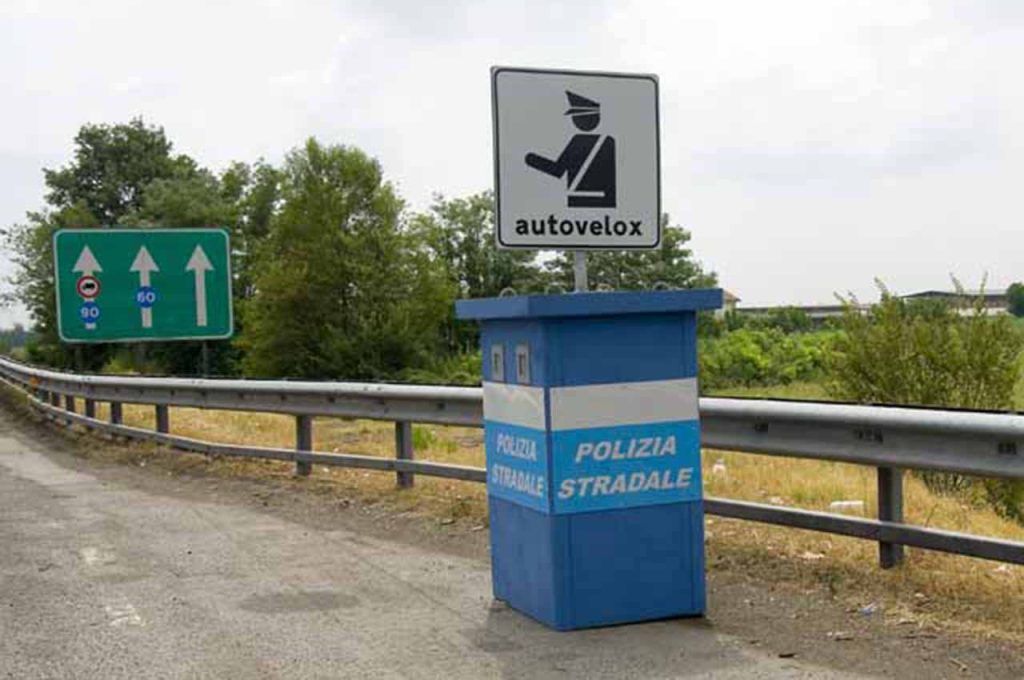Those who move daily have a great fear, indeed a real nightmare, of speed cameras, because they are present practically everywhere, even where one would never expect them.

To be more afraid they are those who are used to pressing the accelerator pedal more than necessarybecause they are in a hurry to get to the workplace avoiding delays.
It can be useful to know from what distance a speed camera detects the speed of a car to avoid braking at the last moment (since it could already be too late) and risk moreover cause chain accidents, very dangerous.
How speed cameras work and at what distance they can detect your speed
The technical device is generally installed in areas where it is necessary to discourage high speed, especially in dangerous roads where there is little visibility or in stretches of road which lead to nightclubs.
The speed camera can detect the speed at greater distances if it is the fixed one, while in the case of mobile speed cameras, the distances are undoubtedly shorter. As for the fixed speed cameras, these are able to detect the speed at a distance of 500 meters, but it all depends on the technology of the devices and the environmental conditions.
On the other hand, mobile devices, which can work both in motion and stationary, can detect speed at a much shorter and closer distance than fixed devices, i.e. at about 200 meters and no further.

How speed cameras are divided, how they work and what the tolerance limit is
Speed cameras are divided into radar speed cameras, which use the radar signal to detect the speed of the car as soon as it passes in front of the device. And laser speed cameras which instead use the laser beam to measure and find out the speed of the car.
Imaging cameras capture video and photography of the car using road signs and time to calculate the speed of vehicles, while inductive cameras use magnetic sensors that are located below road level.
In Italy there is a tolerance of 5%, so if the established limit is 100km/h and the car travels at 105km/h, you are not in breach of the rules of the highway code and you do not receive any fine.
If, on the other hand, you travel at 115 or worse, you get a speeding ticket. The amount of the fine is variable and changes based on the difference between the speed at which the vehicle travels and the limit of speed imposed by law on that specific road.



